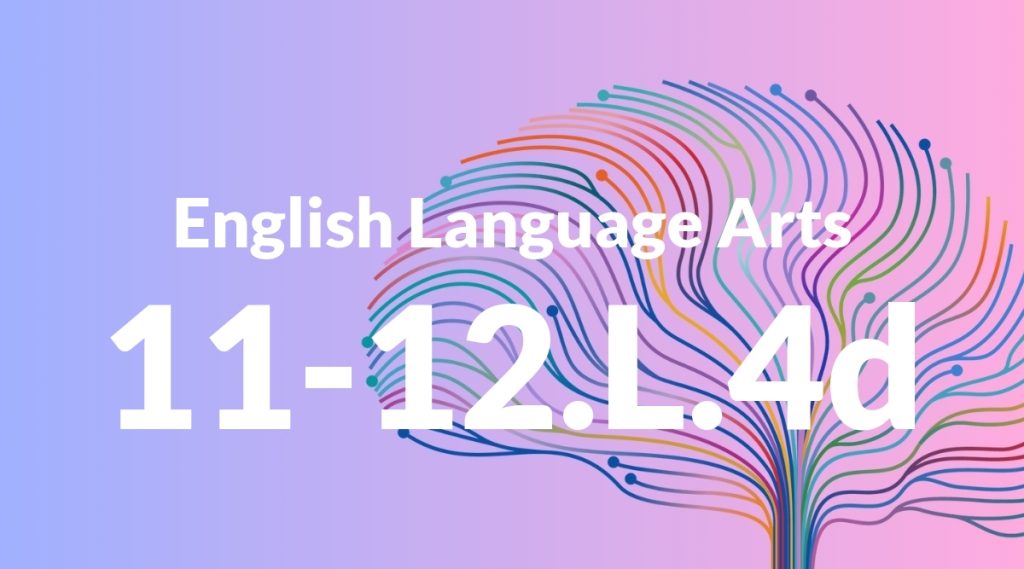Standard: 2.L.4d – Use knowledge of the meaning of individual words to predict the meaning of compound words (e.g., birdhouse, lighthouse, housefly; bookshelf, notebook, bookmark).
Grade level: Grade 2
Subject: English Language Arts
Domain: Language
Teacher Overview
This standard focuses on helping students use their knowledge of individual words to predict the meanings of compound words. This skill is essential for vocabulary development and reading comprehension, as it enables students to decode and understand new words they encounter in texts. Before tackling this standard, students should be comfortable with basic word recognition and have a solid understanding of individual word meanings.
After mastering this standard, students will be able to use compound words more fluently in their writing and speech, and they will be better equipped to decode and understand more complex words in their reading.
Common Misconception 1
A common misconception is that the meaning of a compound word is always just a combination of the meanings of the two individual words. This is incorrect because some compound words have unique meanings that are not directly related to the individual words.
Intervention 1
To address this misconception, use visual aids and examples to show how some compound words have meanings that are different from the literal combination of the two words. Engage students in activities where they guess the meanings of compound words based on context.
Common Misconception 2
Another misconception is that all long words are compound words. This is not true, as many long words are not made up of two shorter words.
Intervention 2
Teach students to identify compound words by looking for two shorter words within the longer word and checking if they make sense together. Use word sorting activities to help students practice distinguishing between compound words and other long words.
Prerequisite Knowledge
Students should have a basic understanding of individual word meanings and be able to recognize simple words. They should also be familiar with the concept of combining words to form new meanings.
Subsequent Knowledge
Students will develop the ability to use compound words more fluently in their writing and speech. They will also be able to decode more complex words and understand how word parts contribute to overall meaning.
Instructional Activities
- Word matching games with compound words.
- Creating a ‘compound word wall’ in the classroom.
- Writing short stories or sentences using compound words.
- Interactive read-alouds focusing on identifying compound words in the text.
- Drawing pictures of compound words to illustrate their meanings.




